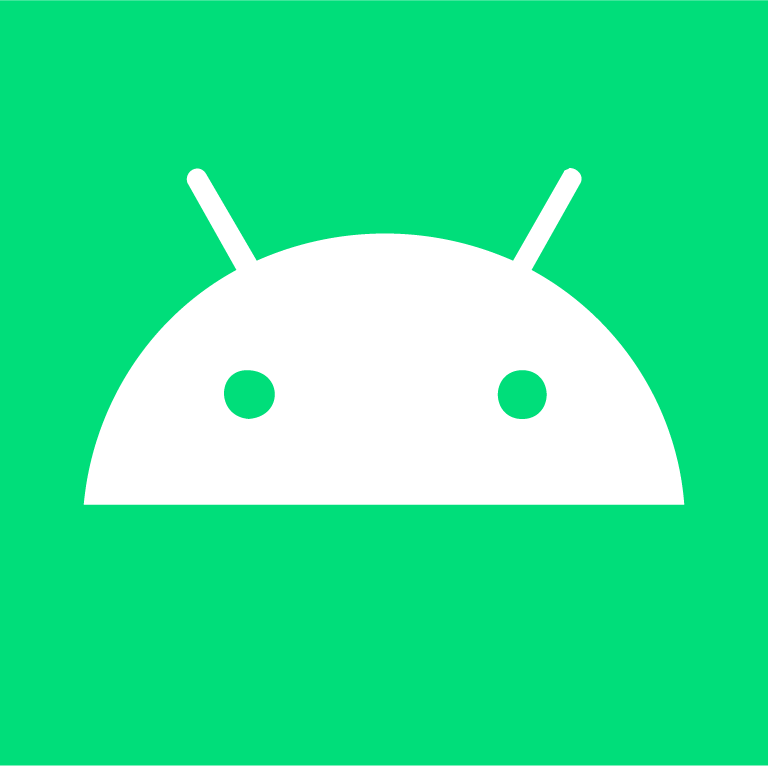- cross-posted to:
- technology@lemmy.world
- cross-posted to:
- technology@lemmy.world
cross-posted from: https://sh.itjust.works/post/45207780
TIL about Android Translation Layer (ATL), a way to port Android apps to Linux Mobile
I was searching for YouTube clients on my Plasma Bigscreen Linux TV Box, and found NewPipe, a popular Android YouTube frontend. Turns out this tool is how they moved it over.
Great solution alongside projects like Waydroid, as you can post individual apps to Flathub or other Linux storefronts, rather than needing to install a whole ROM to get your Android apps to appear in your Linux app tray.
Linux Mobile Intensifies
Amazing to see newpipe on my desktop but wow, over a gigabyte of flatpak trash downloaded. Android app is 12MB for comparison.
Similar apps:
- Pipeline 8 mb
https://flathub.org/apps/de.schmidhuberj.tubefeeder
- VacuunTube 114 mv
https://flathub.org/apps/rocks.shy.VacuumTube
- Parabolic 114 mb
https://flathub.org/apps/org.nickvision.tubeconverter
Looks like the NewPipe flatpak is very unoptimized compared to what others are doing.
It’s not that Newpipe is that big, it’s that flatpak needs to download a 15th copy of the Gnome environment and one more copy of Platform.GL
Yeah, but are those Android apps? My understanding is that this Flatpak contains not an emulator, but like a lightweight version of android and the dependencies. That’s going to take up a lot of extra space.
Is it possible to get NewPipe on regular desktop Linux?
Yes you can install it on any Linux device, especially since it’s a convenient flatpak. Any desktop apps on mobile, and mobile apps on desktop. Tux does not discriminate 🐧
Waydroid allows you to run any Android app
Tangentially related but since they mentioned TVs, are there any ways to flash smart TVs with something barebones? Not just “use pi hole and host jellyfin” but like… actually get rid of all the bloatware. Mines starting to slow down and I have a feeling its mostly that garbage corporate software it came with.
It’s best to never connect a “smart” TV directly to the internet. Bloat and updates to the software will inevitably cause what you mentioned. It’s almost intentionally planned obsolescence.
A Android box, Raspberry Pi, or apple tv, or small pc would be the way to go IMO any day of the week.
I run several of the dynalink and onn boxes and works great for me.
Not really, no.
If the TV is running Android you could do some trickery to (maybe) disable the bloat apps, but actually flash a new OS? No.Developing a third party OS for a closed device like this is super hard, and there’s so many millions of TV models, the developers with the skill to do it end up focusing their time on other devices instead.
I’d recommend looking into a TV box appliance of some sort.Some of those OSes are pretty integrated with the TV’s features, like picture processing, input settings and such, so I can envision that being problematic.
I know it feels like I waste, but I think factory resetting it, airgapping it and using some external device is the way.
Potentially. If:
- the Android TV has a USB port that can interface with the host OS
- can enable developer options and USB debugging from the settings
- you aren’t afraid of using a terminal console
There exist ways: https://www.xda-developers.com/uninstall-carrier-oem-bloatware-without-root-access/
If I didn’t know what I was doing though, I’d either not or start out with an older Android phone to get familiar first.
i have some android TV boxes that supposedly support project treble. I’m going to experiment over the next couple days and figure out if they can run GSIs because there’s no custom Roms for it.
Lineage OS on a external device?



